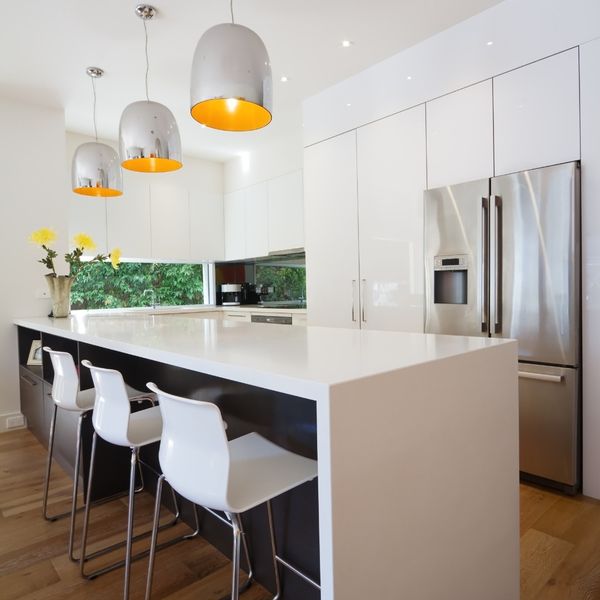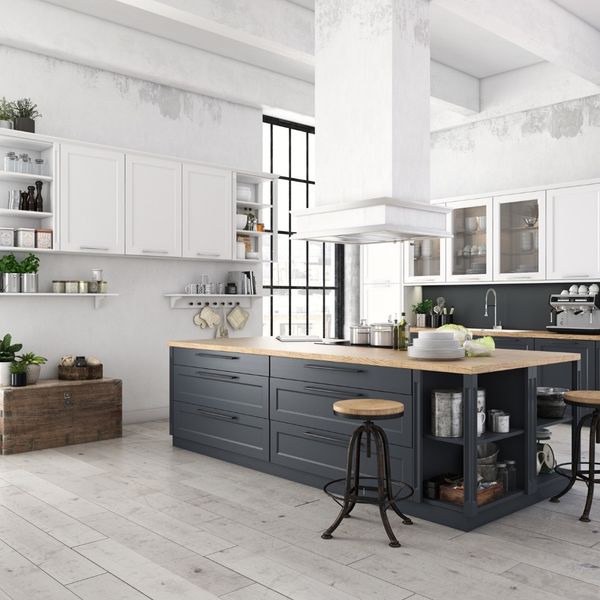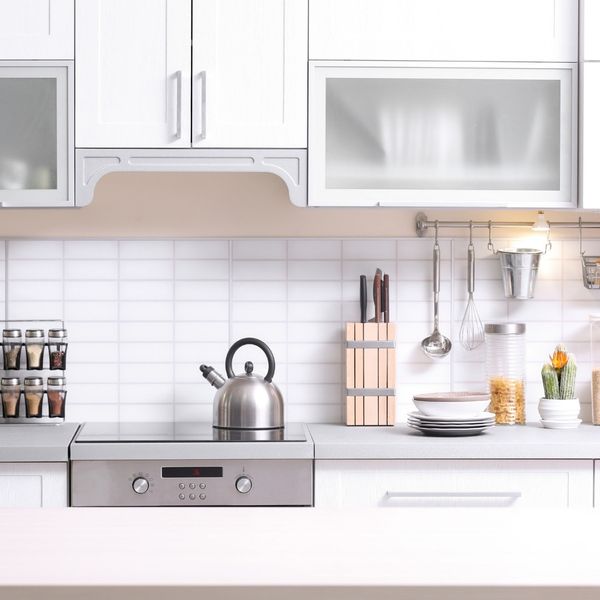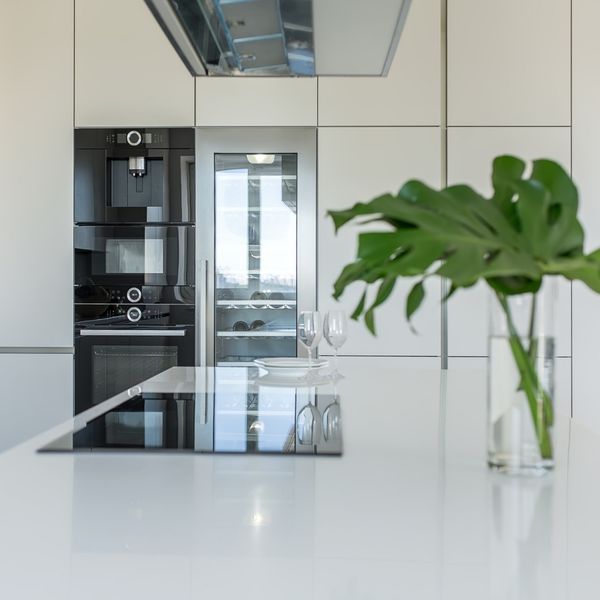A kitchen remodel is one of the most rewarding home improvement projects you can undertake, adding significant value and enjoyment to your home. However, establishing a realistic budget is the critical first step to a successful renovation. Understanding where your money goes and how to allocate it effectively can prevent stress and ensure your vision comes to life without financial surprises.
Budgeting 101: How Much Should You Spend on Your Kitchen Remodel?

The 5% to 15% Guideline
A widely accepted guideline in the remodeling industry is to budget between 5% and 15% of your home's total value for a kitchen renovation. For example, if your home is valued at $800,000, a reasonable budget would fall between $40,000 and $120,000. This range helps ensure your investment is appropriate for your property's value, which is crucial for maximizing your return on investment should you decide to sell in the future. A smaller budget within this range might cover cosmetic updates, while a larger one could accommodate a complete overhaul with high-end finishes.

Understanding Cost Distribution
Knowing how a typical kitchen budget is divided can help you prioritize your spending. Generally, the costs break down as follows: cabinetry and hardware are the largest expense, often consuming around 30% of the budget. Labor and installation typically account for 15-20%. Appliances and countertops each take up about 10-15%. The remainder is allocated to flooring, lighting, plumbing, and other miscellaneous costs. This breakdown serves as a helpful guide, allowing you to see where you can invest more for high-impact results.

Key Factors That Influence Your Budget
Several key variables will impact the final cost of your kitchen remodel. The overall scope of the project—whether you are simply replacing finishes or completely changing the layout—is the most significant factor. The quality of materials you select, from stock cabinets to fully custom options, and from laminate countertops to natural stone, will also play a major role. Finally, the extent of any structural or utility changes, such as moving walls or relocating plumbing and electrical lines, can add to the total investment required.

Always Include a Contingency Fund
No matter how carefully you plan, unexpected issues can arise during a renovation. It is wise to set aside a contingency fund of 10% to 15% of your total budget. This fund is not for upgrades or add-ons; it is a safety net for unforeseen problems, such as discovering hidden water damage or needing to update old wiring to meet current building codes. Having this buffer in place provides peace of mind and keeps your project on track without derailing your primary budget.
A beautiful and functional kitchen is within reach with proper planning. By understanding these budgeting principles, you can approach your renovation with confidence. Contact Greater Spaces Remodel for a detailed consultation to help you align your vision with your budget.
